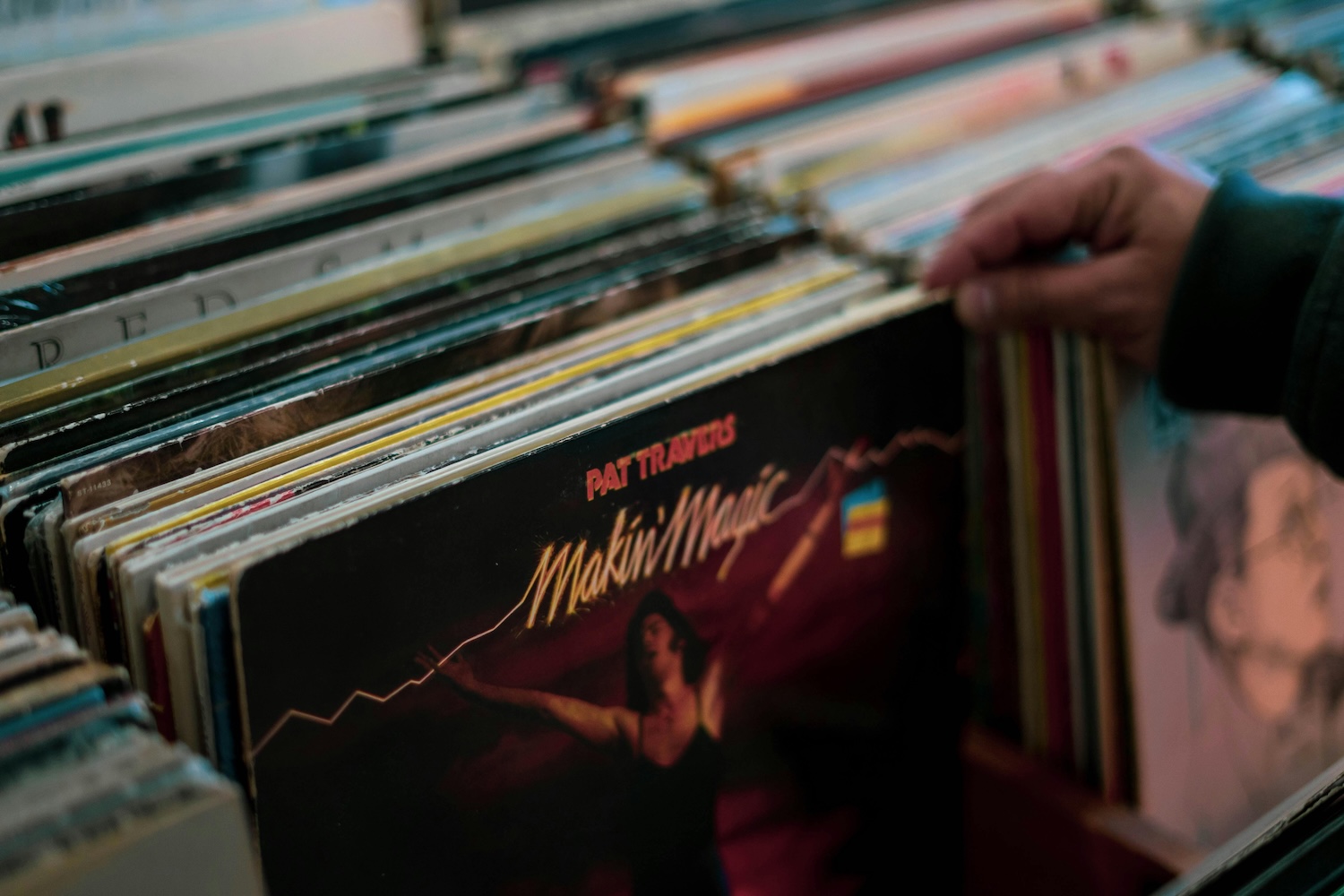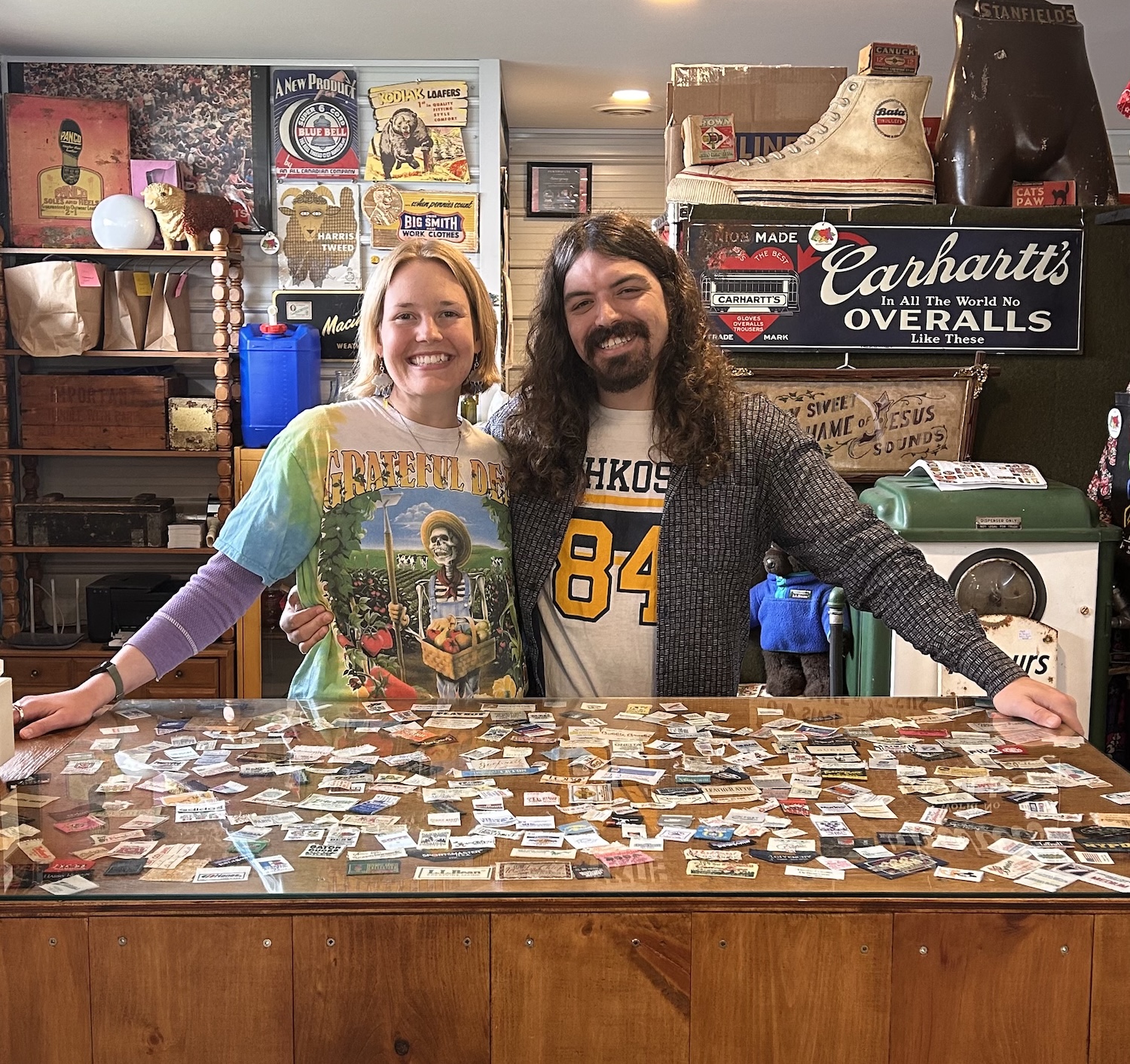
What’s the difference between vintage, antique, flea and artisan markets?
Stymied by all the secondhand markets out there? Find out what characteristics separate common market types, from vintage to antique to flea, and get our top shopping tips for each
Not all markets are created equal — though they all have equal potential for shoppers to discover some amazing goods.
For the vintage seeker, each type of market offers a unique opportunity to stumble upon the vintage item of your dreams.
All you need is a sense of what you’re looking for and where so that you can temper your expectations and tailor your approach to treasure hunting at each event or venue.
Here's a breakdown of the common types of markets, what each offers in terms of and some tips for shopping at each.
Vintage markets
Nostalgia-heavy and representing nearly every trend of the 20th century (anything pre-2000 tends to be an agreed-upon timeline), vintage markets often offer the most carefully curated collections of items.
Expect vendors to be categorized one of two ways: by item or by aesthetic. Think: clothing, accessories, furniture, decor, or collectibles versus art deco, depression era, mid century, kitsch, retro, or Y2K — to name a few.
Treasure hunting tips
Pay attention to the booths that are carefully staged. An attention to detail might indicate that the vendor has given the same care to the quality and condition of their items. Plus it saves you from unnecessary digging.
Bring your blacklight. A pocket sized blacklight can help reveal unwanted hidden stains on secondhand clothing (it’s up to you if it’s a deal breaker or not — many can be cleaned) as well as confirm authenticity of vaseline or uranium glass (for the glass collectors).
Flea markets
With a little bit of everything, flea markets are the messiest to define (and perhaps therein lies their definition). With few restrictions as to what is eligible to sell, vendors might offer items from any era, including antiques, vintage or modern goods (including new old stock, or newly produced unused items).
Be sure to note the new definition of “flea.” While the old-school understanding indicated a place to find goods on the cheap, modern flea markets, especially those in urban areas, tend to be more of a hybrid vintage and craft marketplace, with “flea” referring to the variety of inventory offered more so than the prices.
Treasure hunting tips
At a traditional flea market, everything is negotiable. Unlike at most other types of markets, flea market vendors tend to be more amenable to haggling.
This is particularly the case if you’re bundling items or, often, if you’ve established a rapport with the seller. You might be surprised to learn that they’re sometimes happy to part with items at a lower price than what’s on the tag.
At a modern flea market (vintage/craft hybrid), price points vary, and negotiating isn't as common a practice with vendors offering a highly curated inventory that they have spent time repairing and merchandising.
Chat about what you’re looking for and how you’ll use it. Vendors might have a secret stash that they’ll let you peruse if they’re keen on your intentions.
Antique markets
While the definition of “antique” might vary from venue to venue, you can expect to find items between 50 to 100 years old (or older if you’re lucky).
Antique markets are an opportunity for treasure hunters and history enthusiasts to delve into the trove of rare, valuable (read: expensive), and storied items from the past.
Expect to find precious jewellery, high-end clothing, true heirloom pieces, and items produced using forgotten methods or technologies.
Treasure hunting tips
Look for the dealers who specialize in a certain era or region. They’ll likely have a wealth of knowledge to accompany their wares. Knowing the provenance of an item makes it even more special.
Mind the magnetic pull. True antique pieces from the early twentieth century and earlier would have been constructed with metal screws and nails whereas a modern reproduction might use plastic or glue. Surreptitiously test a piece with your magnet to help make an informed decision.
Find a vintage or antique market near you
View events calendar
Craft and artisan markets
Featuring primarily handcrafted items (knitting, crochet, paintings, clay products, woodworking, skincare, food and more), artisan or craft markets do occasionally include vintage vendors — sometimes upcycled or repurposed vintage pieces bridge the gap between worlds.
Other times, vendors marry old and new by using vintage to showcase handmade goods. Think: a swung glass vase holding carefully dried floral bouquets.
Treasure hunting tips
Season matters. Based on the season of the market, vintage vendors will often come stocked with pieces that complement the general vibe. Find vintage woven baskets at spring and Easter markets, or antique platters and servingware perfect for turkey at fall and harvest markets.
Shop by style. Even if the options for finding authentic vintage pieces are more limited at a craft or artisan market, you can still procure a completely amazing item in the style of your preferred vintage aesthetic. This is especially the case with timeless trends (mid-century modern, anyone?) with quality workmanship.
By-the-pound thrift
Its definition can be found in its name: a by-the-pound market is an opportunity for thrifters to load up on clothing and pay by weight.
Generally staged as tables or bins organized by size, colour, gender or style, shoppers can dig, sort and toss their way to a pile of items before heading to the scale and determining a prize based on the total weight of their haul, regardless of brand or condition.
Treasure hunting tips
Arrive early to get first dibs at the piles. While these events often restock throughout the day, you don’t want to miss a potential gem because you were slow off the mark.
Dress in form-fitting clothing. Wear leggings, tank top, etc. so you can try before you buy. Even in the case of change rooms on-site, it’s nice to be able to quickly slip items over your existing outfit to be able to make quick decisions. For more tips on shopping at a by-the-pound thrift sale, see our article Three Tips for Shopping at a By-the-Pound Sale.
A note on vintage and antique ”shows”
The word “show” often indicates there will be higher-end, collectible items on display in addition to regular market fare.
“Show” may also refer to a market that has a large number of vendors exhibiting a range of price points.
Shows are usually held in larger venues and sometimes, though not always, charge an admission fee.
Have you seen other examples of types of markets where vintage or secondhand items are sold? Let us know in the comments!
_____
Krista Montelpare is a freelance writer based in Nova Scotia and the founder of vintage shop Cellary.
Thank you for valuing our work!
Support our work to see this page.
You’ve got a good eye, but this gem is only available for members. Register for a plan or upgrade your current one to peek behind this vintage curtain, or log in below.















